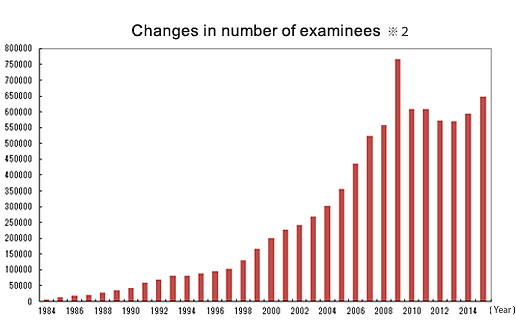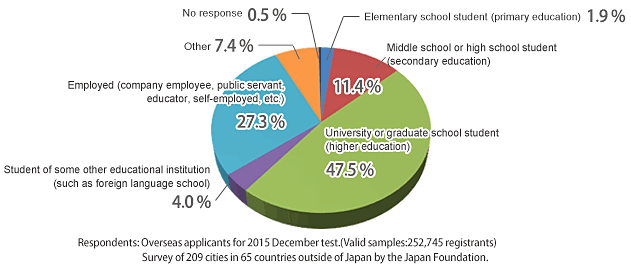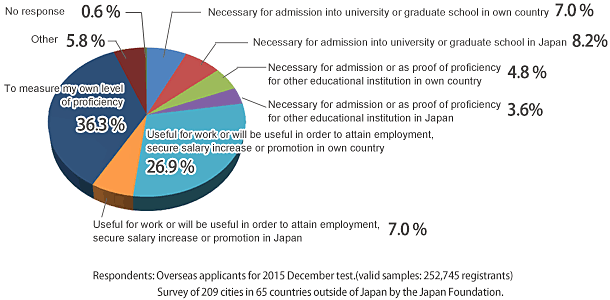P/s: Guess whose handwriting look like girl's? The first one is mine and the second one is Aslam's.. I personally think Aslam's handwriting is so girlish... Wakakaka


トラヴェル。たべる。いのる。愛する。 TrAvEL<>EaT<>PrAy<>LoVe
“Learning is to a man as the leaves and branches are to a tree, and it can be said that he should not be without it. Learning is not only reading books, however, but is rather something that we study to integrate with our own way of life”

“When a man in the beginning of his life is ignorant of everything, he has no scruples, finds no obstacles, no inhibitions. But after a while he starts to learn, and becomes timid, cautious, and begins to feel something choking in his mind, which prevents him from going ahead as he used to before he had any learning. Learning is needed, but the point is not to become its slave. You must be its master, so that you can use it when you want it.”

“You can't manage the Empire properly without economy, for if those at the top are extravagant, taxes mount up and the lower orders are embarrassed, not to speak of the effect it has on military finances. But a lot of people can't understand the meaning of the word thrift, and think it means only omitting to do what you ought to do.”

“Man is distinguished, not only by his reason; but also by this singular passion from other animals... which is a lust of the mind, that by a perseverance of delight in the continual and indefatigable generation of knowledge, exceeds the short vehemence of any carnal pleasure.”

“Men give me credit for some genius. All the genius I have lies in this; when I have a subject in hand, I study it profoundly. Day and night it is before me. My mind becomes pervaded with it. Then the effort I have made is what people are pleased to call the fruit of genius. It is the fruit of labor and thought.”

 5:34 AM
5:34 AM
 TheF-Mind
TheF-Mind


 10:07 PM
10:07 PM
 TheF-Mind
TheF-Mind
![Countries/areas where JLPT is administered(2009 second [December] test figures)](http://www.jlpt.jp/statistics/img/index_map.gif)



 9:28 PM
9:28 PM
 TheF-Mind
TheF-Mind
 11:58 PM
11:58 PM
 TheF-Mind
TheF-Mind
 |
| Kobe Mosque, Kobe |
 | ||
| Tokyo Camii ,Tokyo |
 7:03 PM
7:03 PM
 TheF-Mind
TheF-Mind
Point | Changes |
1 | Increased focus on communicative competence |
2 | Examinees can select more suitable level with the introduction of new level |
3 | The scoring method was revised to ensure a more accurate measurement of Japanese-language proficiency |
4 | What you can do in Japanese is easily visualised |
 3:10 AM
3:10 AM
 TheF-Mind
TheF-Mind
 |
| Variation of drums used by different Malaysian races and ethnic |
 |
| The showcase of harmonious multiracial country |
 |
| The funny thing is after the showcase, people are invited to dance with all the dancers. Juz choose which dance you like.. ^_^ |
 |
| The dance from various ethnic from Sabah and Sarawak |
 |
| Seriously I never saw such mask before! |
 5:45 AM
5:45 AM
 TheF-Mind
TheF-Mind
 |
| Japanese women wearing Yukata during the event |
 |
| The opening started with drummers showing their skills |
 |
| Women are dancing on the stage with the drummers as a background |


